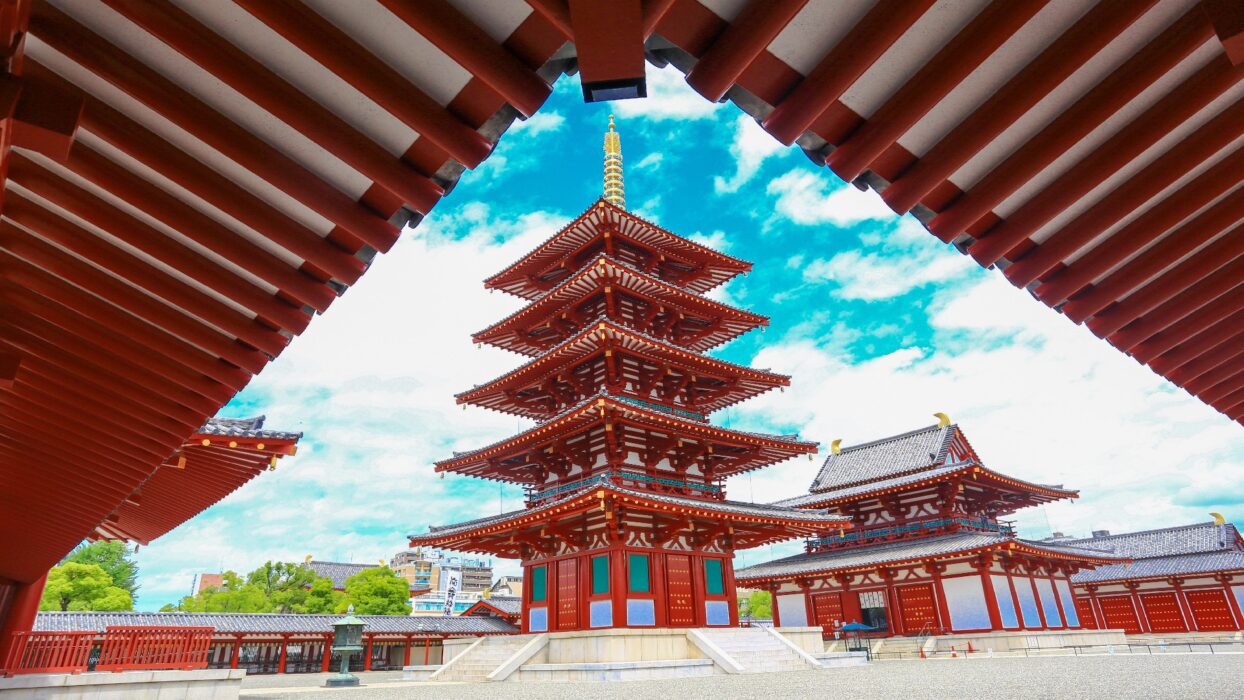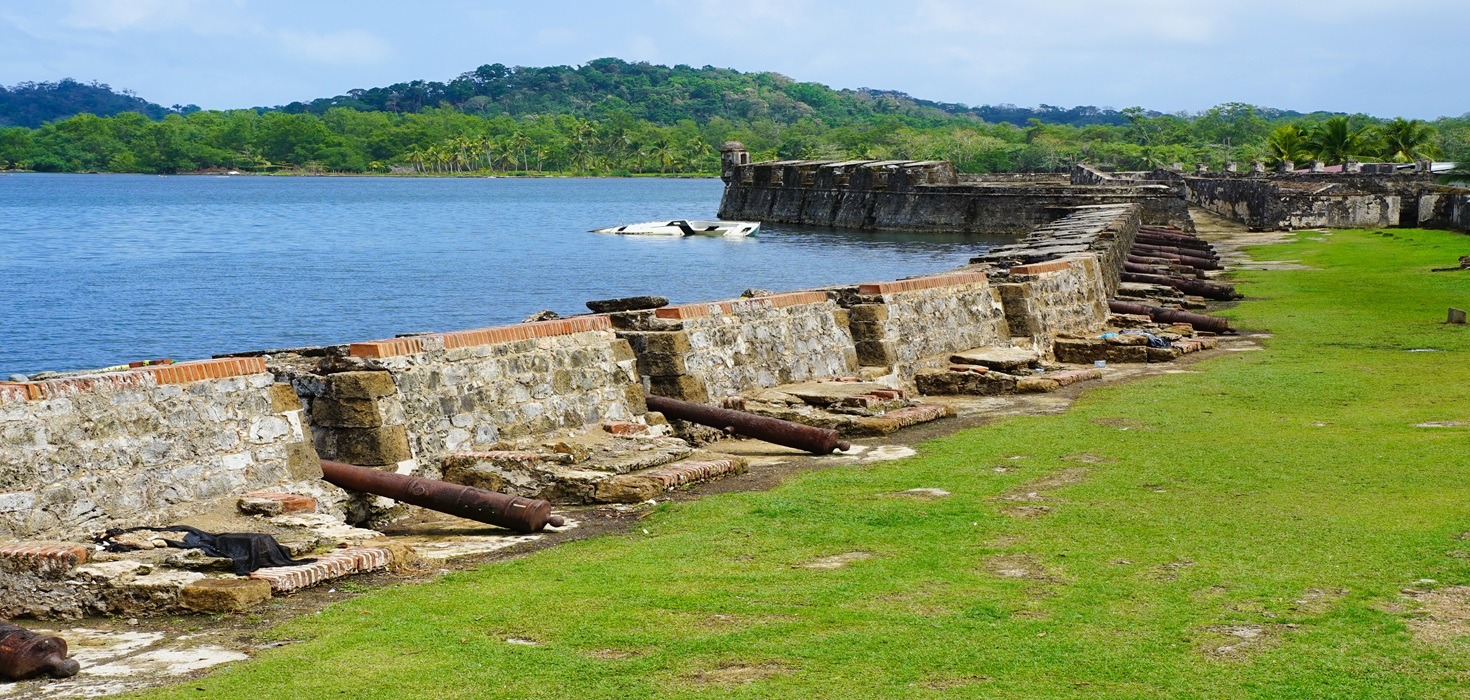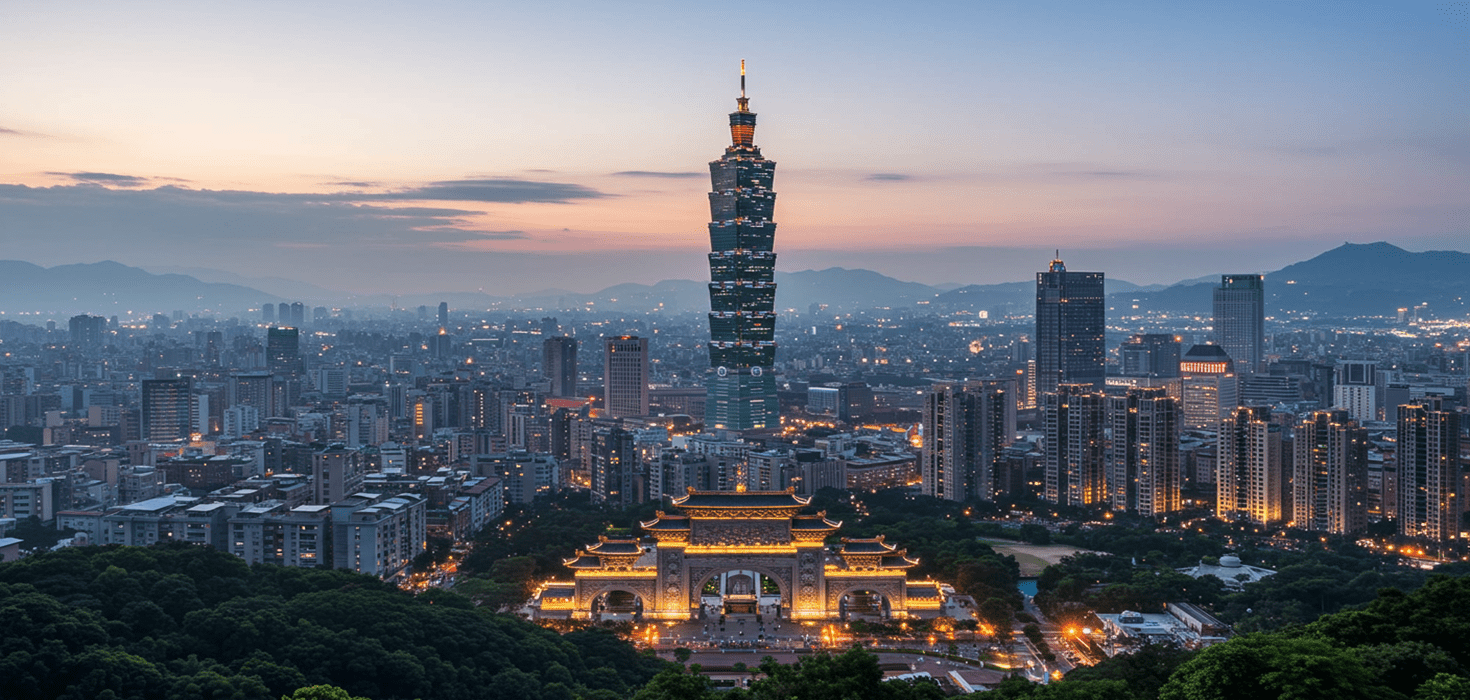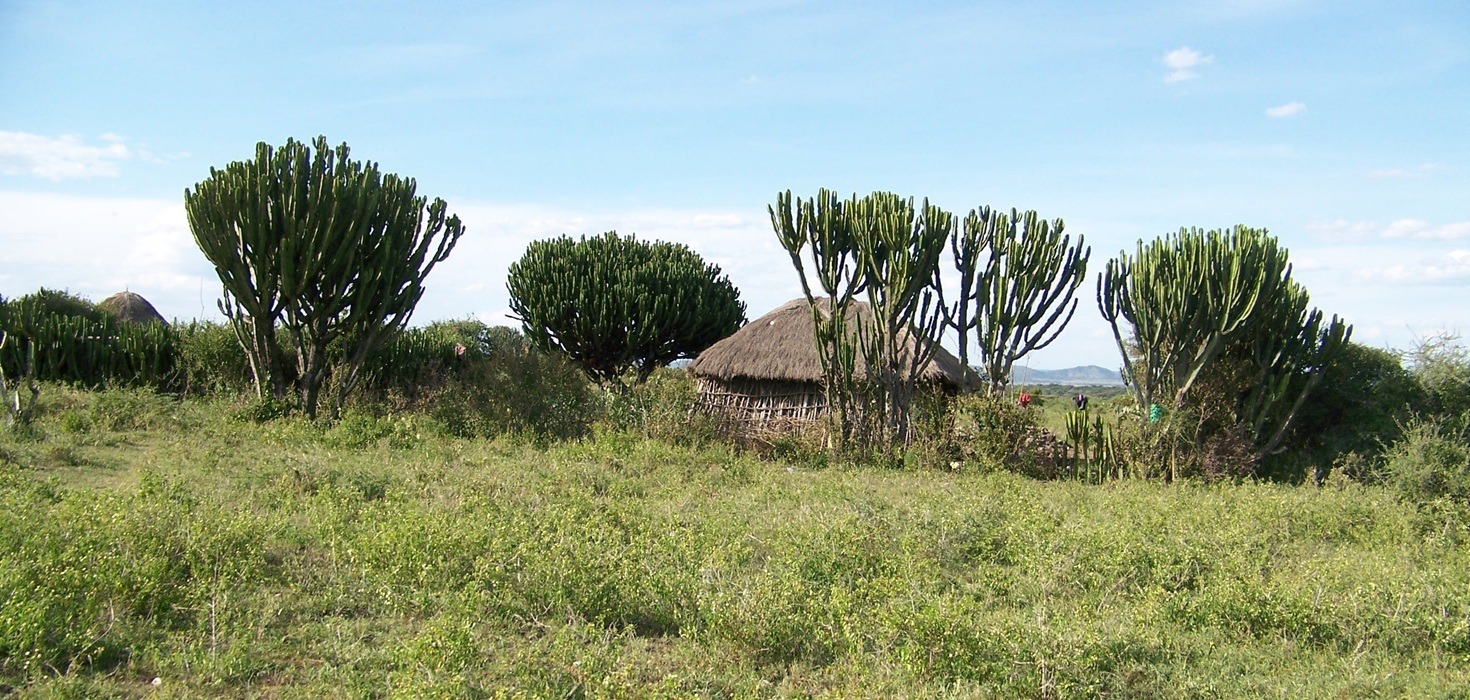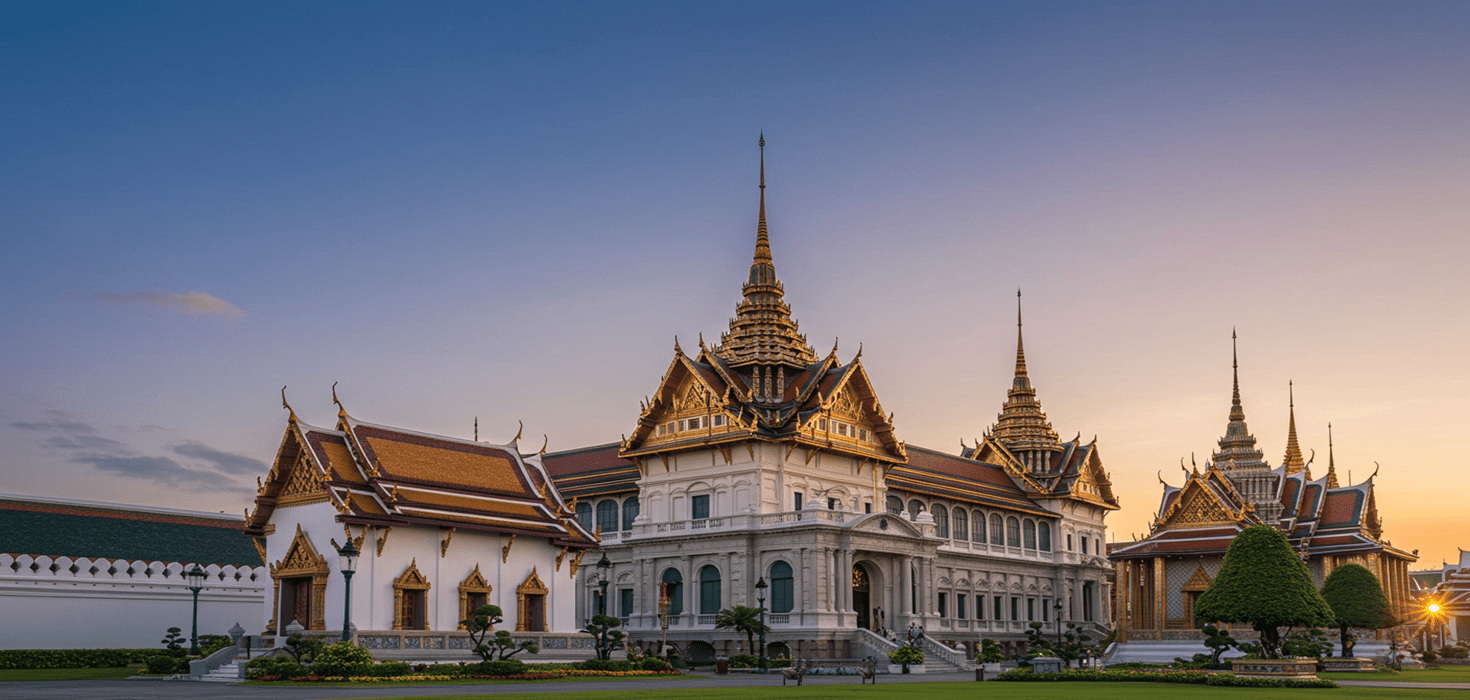Introduction
Fushimi Inari Shrine, with its mesmerizing rows of vibrant torii gates, is one of Kyoto’s most iconic landmarks. This stunning shrine, dedicated to Inari, the Shinto god of rice and agriculture, draws millions of visitors each year. However, there’s something truly magical about experiencing Fushimi Inari at sunrise. As the first rays of light touch the gates, the atmosphere transforms, offering a serene and almost ethereal experience that is hard to find during the bustling daytime.
Experience the Magic of Fushimi Inari Sunrise
Waking up early might not be everyone’s cup of tea, but trust us, the reward is worth it! Arriving at Fushimi Inari Shrine just before dawn allows you to witness the breathtaking beauty of the site as it awakens. The fushimi inari sunrise paints the torii gates in soft hues, creating a picturesque backdrop that is perfect for photography. The peaceful ambiance, coupled with the gentle sounds of nature, makes for an unforgettable experience.
The best time to arrive is around 5:00 AM, especially during the warmer months when the sun rises early. This gives you ample time to explore the initial paths leading up to the mountain before the crowds arrive. As you walk through the iconic gates, you’ll feel as if you have the entire shrine to yourself, allowing for a truly immersive experience.
Fushimi Inari Shrine Hours: Planning Your Visit
One of the best things about Fushimi Inari Shrine is that it is open 24/7, allowing you to visit at your convenience. Whether you’re an early riser or a night owl, you can enjoy the beauty of the shrine at any hour. The fushimi inari shrine hours make it easy to plan your visit around your schedule. However, if you prefer to avoid the crowds, early morning visits are highly recommended. By arriving at dawn, you can enjoy the peacefulness of the shrine before the influx of tourists begins.
For those planning an early morning adventure, be sure to dress warmly during the cooler months and bring a flashlight to navigate the paths in the dark. The fushimi inari crowds can be overwhelming later in the day, so this early start not only offers stunning views but also a more intimate experience with the shrine’s beauty.
For more detailed information about visiting hours and tips, check out our article on Fushimi Inari Shrine Hours: Sunrise Magic & Festivals Await.
The Enchanting Torii Gates: A Cultural Exploration
As you wander through Fushimi Inari, you’ll notice the thousands of torii gates that create a stunning pathway up the mountain. Each gate is donated by individuals or businesses, and it is inscribed with the donor’s name and the date of the donation. The bright vermilion color of the gates is said to ward off evil spirits, making them not just beautiful but also significant in Japanese culture.
Inari, the deity to whom the shrine is dedicated, is often associated with foxes, which are considered to be the messengers. Keep an eye out for the many fox statues throughout the shrine, each one adding to the rich tapestry of history and culture that Fushimi Inari represents. Understanding the fushimi inari cultural significance enhances your visit, allowing you to appreciate the shrine’s importance in a deeper way.
Photography Tips: Capturing the Perfect Shot at Fushimi Inari
If you’re a photography enthusiast, Fushimi Inari is a dream come true! The early morning light creates a magical atmosphere, perfect for capturing stunning shots of the torii gates. To make the most of your photography experience, consider these tips:
- Use a tripod for stability, especially in low light conditions.
- Experiment with different angles; the gates look stunning from both wide shots and close-ups.
- Try to include elements of nature, such as the surrounding trees and pathways, to add depth to your photos.
For the best results, a wide-angle lens is recommended to capture the grandeur of the gates. Remember, the fushimi inari best time for photos is definitely at sunrise, so set your alarm and get ready to snap some incredible shots!
Looking for more tips? Check out our guide on Fushimi Inari Photography Tips for more insights on capturing the perfect shot.
The Enchanting Torii Gates: A Cultural Exploration
As you stroll through Fushimi Inari, the thousands of torii gates create a mesmerizing pathway that beckons you to explore further. Each gate is a unique donation from individuals or businesses, proudly inscribed with the donor’s name and the date of their generous contribution. The striking vermilion hue of the gates is more than just a visual delight; it symbolizes protection against evil spirits, making each step through these gates a blend of beauty and cultural significance.
Inari, the deity honored at this shrine, is often depicted with foxes, which are considered to be his messengers. Keep an eye out for the many fox statues scattered throughout the shrine grounds, each one adding to the rich history and cultural depth of Fushimi Inari. Understanding the cultural significance of Fushimi Inari elevates your visit, allowing you to appreciate the shrine’s importance beyond its stunning visuals.
Photography Tips: Capturing the Perfect Shot at Fushimi Inari
If you’re a photography lover, Fushimi Inari is your playground! The soft morning light creates an enchanting atmosphere, perfect for snapping breathtaking shots of the torii gates. Here are some tips to help you capture the magic:
- Bring a tripod for stability, especially during those early morning hours when the light is just right.
- Experiment with angles; the gates are stunning from wide shots, but don’t forget those close-ups that show off their intricate details.
- Incorporate elements of nature, like the surrounding trees and pathways, to add depth and context to your photos.
A wide-angle lens is a fantastic choice to capture the grandeur of the gates. Remember, the best time for photos at Fushimi Inari is definitely at sunrise, so set that alarm and prepare to click away!
For more photography insights, check out our guide on Fushimi Inari Photography Tips.
Hiking Trails: Exploring Fushimi Inari’s Scenic Routes
Ready to stretch your legs? The hiking paths leading up to Inari Mountain offer a fantastic way to immerse yourself in the natural beauty surrounding Fushimi Inari. The trails wind through lush forests and past countless torii gates, providing ample opportunities for stunning views and peaceful moments away from the crowds.
The hike to the summit takes about 2 hours, depending on your pace, and is well worth the effort for the panoramic views of Kyoto that await you. To avoid the bustling crowds, consider starting your hike early in the morning. You’ll have the trails almost to yourself, allowing for a serene and reflective experience.
For those looking for more details on the hiking experience, check out our article on Fushimi Inari Hike: Explore Kyoto’s Colorful Torii Gates.
Festivals and Events: Celebrating at Fushimi Inari
Fushimi Inari Shrine is not just a feast for the eyes; it’s also a hub of cultural celebration! Major festivals, like the Inari Matsuri, draw locals and tourists alike, showcasing traditional rituals and vibrant festivities. This festival usually takes place in early February and features colorful parades, food stalls, and performances that celebrate Inari and the blessings of the harvest.
During these festivals, you can indulge in local delicacies and special treats that pop up around the shrine. Try some local food offerings like inari sushi (rice wrapped in sweet tofu pouches) or warm, comforting bowls of ramen from nearby stalls. It’s a delicious way to immerse yourself in the local culture while celebrating the spirit of Fushimi Inari!
Want to know more about these vibrant celebrations? Check out our article on Experience Fushimi Inari’s Magical Autumn Festival in Kyoto.
Culinary Delights: Local Food to Try Near Fushimi Inari
After a morning of exploration and photography, you’ll likely have worked up quite an appetite! The area surrounding Fushimi Inari is dotted with delightful food stalls and small restaurants offering local culinary highlights. Be sure to try:
- Inari Sushi: Sweet tofu pouches filled with vinegared rice, a staple around the shrine.
- Yudofu: A simple yet delicious hot pot dish made with tofu, perfect for warming up after your hike.
- Matcha Sweets: Kyoto is famous for its matcha, so indulge in some matcha-flavored treats like ice cream or cakes.
Exploring the local food scene adds another layer to your Fushimi Inari experience, making it truly unforgettable. For more delicious options, check out our culinary guide on Fushimi Inari Local Food.
Practical Tips for Travelers: Making the Most of Your Visit
Planning your visit to Fushimi Inari? Here are some practical tips to enhance your experience:
- Transportation: The shrine is easily accessible via train. Take the JR Nara Line to Inari Station, which is just a short walk from the shrine entrance.
- Accessibility: The paths are well-maintained, but be prepared for some steep sections as you hike up the mountain.
- Safety: If you’re visiting early in the morning, bring a flashlight to help illuminate your path. The atmosphere is magical, but a little light can go a long way!
For more tips on visiting Fushimi Inari, check out our guide on Explore Fushimi Inari Shrine: Entrance Fee & Top Tips!.
Seasonal Travel Insights: What to Expect Year-Round
Fushimi Inari transforms beautifully with each season, offering unique experiences throughout the year. In spring, cherry blossoms create a stunning backdrop against the vibrant gates, while autumn brings a fiery display of red and orange foliage that enhances the shrine’s charm. Winter offers a serene atmosphere, with the gates often dusted in snow, providing a magical winter wonderland experience.
The best times to visit vary based on what you want to see, but each season has its own allure. To plan your visit around the seasonal highlights, consider reading more about the Fushimi Inari shrine history and its seasonal changes.
Commonly Asked Questions (FAQs) about Fushimi Inari
Got questions about your visit? Here are some frequently asked questions that can help you out:
- What are the best times to visit Fushimi Inari? Early mornings are ideal for avoiding crowds and enjoying the peace of the shrine.
- Is there an entrance fee? No, Fushimi Inari Shrine is free to enter, making it a fantastic destination for all travelers.
- Can I hike the trails at any time? Yes, the trails are open 24/7, but be cautious if hiking at night.
For more tips tailored to first-time visitors, check out our article on Fushimi Inari Visiting Tips.
Additional Fun Facts about Fushimi Inari
Did you know that Fushimi Inari Shrine is over 1,300 years old? It’s one of the oldest shrines in Japan, with a rich history that adds to its allure. The shrine is also famous for its thousands of torii gates, which stretch over 10 kilometers up the mountain! Each gate is a symbol of gratitude and devotion, making every visit feel special.
Sustainability and Conservation Focus
As you enjoy your visit to Fushimi Inari, remember the importance of preserving this beautiful site. Stick to the designated paths, dispose of your trash responsibly, and respect the cultural significance of the shrine. Being a responsible traveler ensures that future generations can enjoy the magic of Fushimi Inari just as you did!
Transportation Details: Getting to Fushimi Inari
Getting to Fushimi Inari is a breeze! The shrine is conveniently located just a short train ride from Kyoto Station. Take the JR Nara Line to Inari Station, and you’ll find yourself right at the entrance. For those driving, there is limited parking available, but public transport is highly recommended for convenience and to reduce your carbon footprint.
For more detailed transportation options, check out our guide on Fushimi Inari Hike: Explore Kyoto’s Torii Gates This Autumn.
Outdoor Sports and Activities: Beyond the Shrine
If you’re looking to extend your adventure beyond Fushimi Inari, the surrounding area offers a variety of outdoor activities! Consider visiting the nearby Mount Tabori for hiking, or take a leisurely stroll along the scenic paths by the Kamo River. The rich natural landscape surrounding Fushimi Inari is perfect for outdoor enthusiasts looking to explore more of Kyoto’s beauty.
Incorporating these activities into your itinerary will give you a fuller experience of Kyoto’s stunning scenery and cultural richness. So lace up your hiking boots and get ready for an unforgettable adventure!

